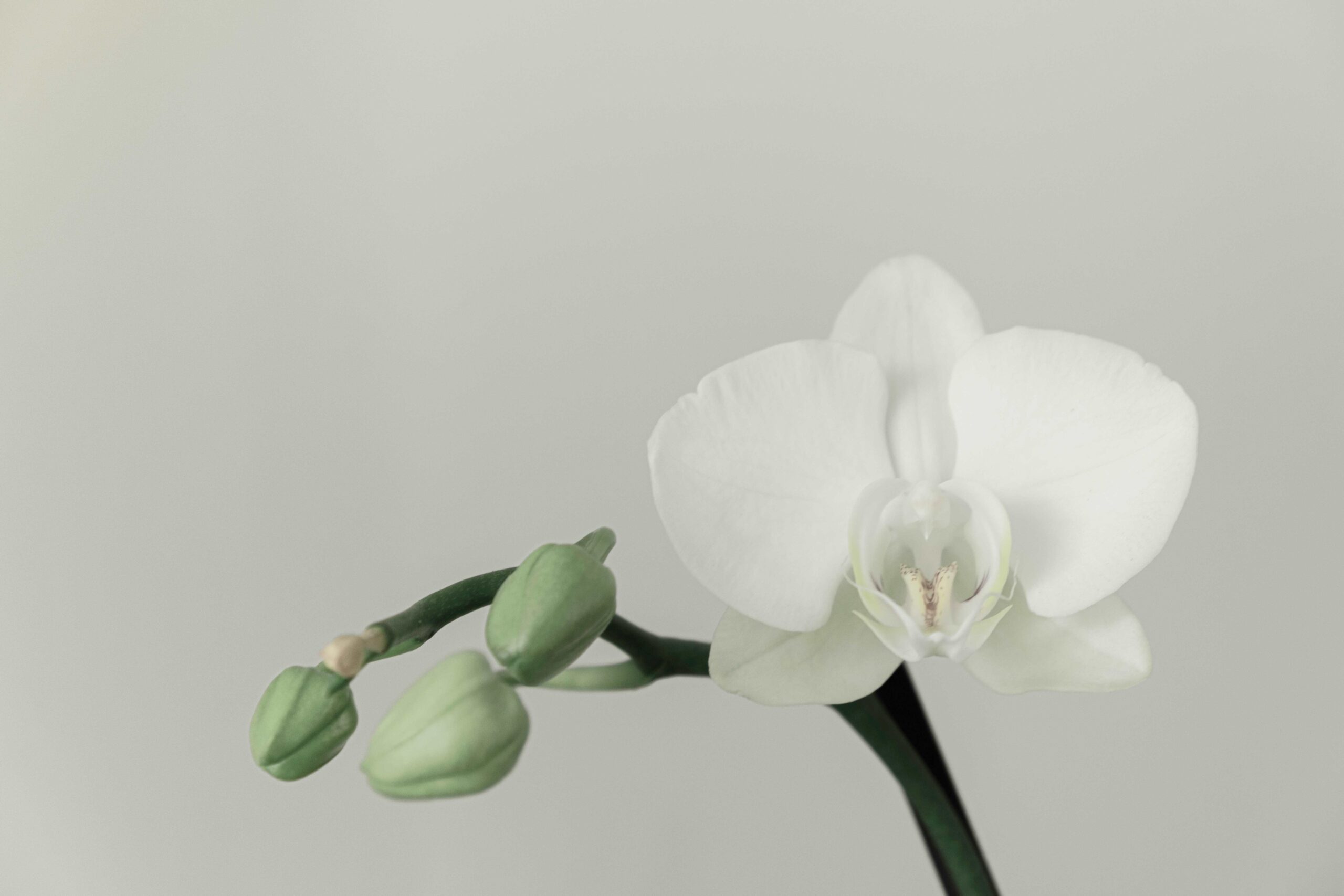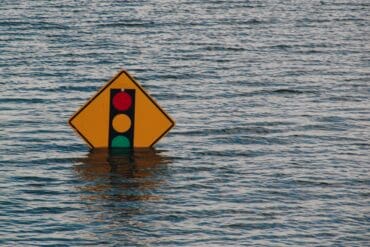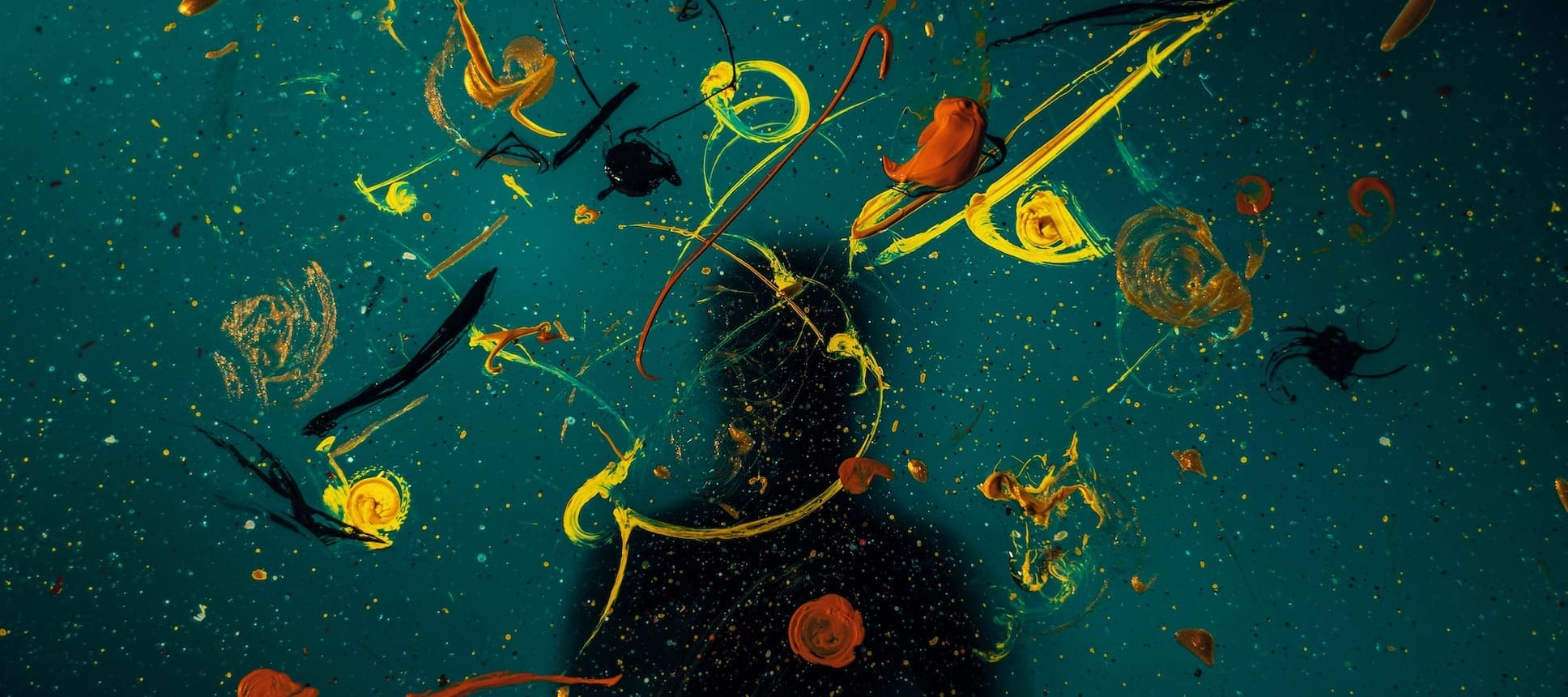Once I have the first line or two, the rest of the poem seems to flow rather easily. I write whatever comes to mind. Somewhat like a story rather than a poem. I then start to take out the excess words and phrases and pare it down to the essence of what I wish to say. Other times I do not change a word. The muses come and go on their own. I also believe poetry has chosen me.
The AutoEthnographer proudly shared the poetry of nonagenarian Milton Carp earlier this year, “My Voice”: Autoethnographic Poems for a New Beginning. Eager to learn more about Milton, his story, and his process, we invited him to craft a brief autoethnography that explores his poetic journey.
MY BACKGROUND
I grew up in Brooklyn N.Y., Flatbush, when it was still semirural (1935). My next memory is the family moving to Coney Island where I went to school K-9. It was a carefree life, the boardwalk, beaches, swimming in the summer. Coney Island was the nations amusement park, Luna Park, Steeplechase, The Wonder Wheel ride, the Thunder Bird and Cyclone Rollercoasters, Bumper Cars, the Parachute Jump, and Nathan’s hot dogs. I lived there until January 1951, when I married at age 22. From 1947 to 1951 I worked for my uncle, who was a general contractor. I learned many skills such as carpentry, masonry, and plastering. I particularly liked the plastering. I joined the plasterer’s union and honed my skills to make it my life’s work, or so I thought.
After marriage we lived with my in-laws in the Bronx as I was not sure of my draft status. Three months later I was drafted into the army. I spent three weeks at Ft Devens, Massachusetts. for aptitude evaluation. I qualified for teletype operator and was sent to Camp Gordon, Georgia. for basic training and schooling. My wife, Elaine, joined me. She met another wife, Angi Sandora, whose husband was also stationed at Camp Gordon. They decided to rent and share an apartment in Agusta, Georgia. for the next two months I spent the weekdays at camp and weekends in Agusta with Elaine. This was the beginning of our independent living as husband and wife. After my training and a 30-day leave, I was sent to Germany and was assigned to the 97th Signal Battalion. My battalion supplied communications for 7th Army Headquarters. I was based in the Panza Kaserne at Boblingen, Germany. Elaine joined me in Germany where we rented the attic from a German family. I met this family through the army’s program for more friendly relations with the Germans as we were going off occupation status and on to NATO. So, the policy changed from one of non-fraternization to one of fraternization. Although it was six years after the war ended, 1952, the local stores had many empty shelves. Unlike in the states the portions at the dinner table were much smaller and the meat portion was even smaller. I realized then that the portions in the states could be considered gluttonous or this may still be a holdover from wartime shortages. I supplemented their supplies with coffee, bulk tea, canned goods, and whatever they needed from the base PX. This brought back childhood memories of my mother telling us to finish all the food on our plates because the children in Europe didn’t have any food to eat. It got me thinking about hunger at an early age. We spent the next year, 1952, traveling through southern Germany around the Stuttgart area, and a 30-day furlough to Switzerland and Paris. It was one of the best years of our marriage. Elaine was pregnant and she decided to return to the U.S., in November of 1952, to give birth to our first born, a daughter, Paula, in March of 1953.
I stop writing a poem when I run out of words, and I do not feel the connection anymore. But I may make changes at any time in the future when I revisit a poem with a new look. Changing a work or cutting out a conjunction to give it more of a cadence. The best poems come from a life experience, and subject matter that I am most familiar with.
When I returned to the states in February of 1953, we rented an apartment in the Sheepshead Bay section of Brooklyn for the next three years. In 1956 we bought a house in Spring Valley N.Y. where our son, Allan was born that December. We lived in the house for three years and had a lot of illness. Feeling the house was bad luck, we sold and moved to the neighboring town of Pearl River where we rented an apartment. When Elaine finished her master’s degree in social work, we decided the winters were too harsh. I sold my business and we moved to Florida. In this time, I became interested in oil painting again and it became a big part of my life. I set aside two nights a week for my art. My art teacher also did art restoration which I also took to and became quite skilled.
In the early years in Florida, the 1980’s Elaine encouraged me to take some college courses and I took her good advice. Although the degree was in fine arts, I also had to take an English class. Part of the English curriculum had a segment on creative writing, which was the genesis for my writing style. So, now I knew that I could write. It took me forty years, in my nineties, to put it to good use and apply it to my poetry writing. Another class was philosophy, which I liked, and it also is reflected in my poems. For example, “It Speaks to Me”:
A million places.
A million faces.
It speaks to me.
Who am I?
It speaks to the young.
It speaks to the midlife.
It speaks to the senior.
Who am I?
It speaks to the widow.
It speaks to the widower.
It speaks to humanity?
Who am I?
A million places.
A million faces.
It speaks to me.
Who am I?
I am me!
Shortly after moving to Florida, I learned that my cousin Tena also lived in Florida, in Lakeland. At one visit she suggested I try my hand at making dream catchers. I haven’t stopped yet. She also wrote poetry and we discovered we had a lot in common, love of craft and creativity. She became one of my mentors. These days I occupy my time with my craft work weaving dream catchers, creating sculptures on a wood base, worry doll figures, devil claw seed pods, and any object that will blend in, oil painting, and, of course, poetry.
MY CREATIVE PROCESS
My interest in writing started in college. Up until that time I did not write at all, except a personal letter. My reading was limited a newspaper, short stories, technical manuals, and magazines, such as Reader’s Digest, it was full of trivia and hard facts on many subjects. It gave me a broad knowledge base. I had always felt poetry was for sissies. I had very little interest in it and most of the poetry I read I didn’t really understand.
I first became interested in poetry after my wife, Elaine, died. I met Sheila. She belonged to a poetry group and was a poet in her own right. At the poetry group I realized that poetry did not have to rhyme, and any story could be poetic if formatted correctly. Since this was a traumatic time for me, poetry was the perfect outlet for my feelings. I believe I expressed it best in my poem, “Poetry-My Voice.” Here is an excerpt:
“Poetry, the power of the written word.
My words on the page speak for me,
about me, for who I am.Poetry has changed how I see myself.
Words and thoughts hidden inside me
for many years flow out proclaiming
a new me, a dormant side not seen
by others or known to me.”
My creative process is still developing. I select my poetry subject matter from many sources. It may be from a word I heard or read or by an event in my life, both past and present. Once I have the first line or two, the rest of the poem seems to flow rather easily. I write whatever comes to mind. Somewhat like a story rather than a poem. I then start to take out the excess words and phrases and pare it down to the essence of what I wish to say. Other times I do not change a word. The muses come and go on their own. I also believe poetry has chosen me.
I stop writing a poem when I run out of words, and I do not feel the connection anymore. But I may make changes at any time in the future when I revisit a poem with a new look. Changing a work or cutting out a conjunction to give it more of a cadence. The best poems come from a life experience, and subject matter that I am most familiar with. As a rule, the computer is the best tool for finishing a poem. Although I find it best to first write the poem in long hand, so I always have an original copy in case the computer malfunctions. Material also comes from TV, radio, newspaper, and the events of the day, local, national, or international. “Poets and Poetry” is another good example of this:
The poet and poetry can speak of life, and death, of sorrow, and happiness, of community and self.
Poets say the soul belongs to the cosmos
and the universe. So, that even in death they
may keep their loved ones alive and in their hearts.
Poets speak of the unspeakable and the unspoken. They use the written word to speak for them.
A poem of many words is no more important than each word.
Poets speak in metaphors. Death is:
she caught the westbound or sunk below the horizon. Atrocities that scream out are portrayed as silence.
Puerto Rico’s tiny Coque frog’s nightly song reaffirms the peoples struggle with adversity,
and that even the weakest among us can flourish and be joyful.
A quest for justice is told as one man’s crusade at tilting windmills. Honoring all humanity with respect for the individual, Don Quixote.
Poets speak of rebuilding one’s life
as a sharing of soup. A spoon to mix a lifetime.
Boil it down to its essence, (love) and ladle it out to both friend and stranger.
Poets speak of rivers and water giving us permission to move forward and claim
a new beginning. The blacksmith’s forge
and hammer as the metaphor for building a new life.
So, now I lay down my poet’s pen and paper and leave you to ponder these words
and judge the merit of my work.
The 1930’s were trying times. It taught us to be innovative and frugal. It left my mother with a fear of not having enough money, which rubbed off on to us kids. My poem “The Fifty Cent Saga” is an example of her fears, in the extreme. It taught us the value of all we possessed, to share with one another. We learned that although our food was basic it filled our stomachs and there are many in this country and world that do not have any food. Some of my poetry reflect this early awareness, such as “Soup and Ladle”, “Spaghetti and goulash”, and the following poem, “Hunger is the Norm”.
The child,
a mere skeleton,
looks up with
glazed-over eyes,
and a blank stare.
I look back and
wish to help,
to feed him,
but it is too late.
His frail body
cannot absorb
nourishment.
We are looking into
the eyes of death.
He accepts it without question.
For, you see,
to him starvation
and death
are the norm.
My time in the army exposed me to many different cultures, domestic and foreign. My poem “My Story My Journey” tells of the effect that period had on my political outlook. From then on, I became an independent thinker. Party affiliation was for expedience only.
Elaine, my wife of 68 years was the center of my universe. My quest in life was to make her happy. This was an impossible goal. She came from a matriarchal family. Her mother was from the old school, obedience was mandatory. Despite this she provided me with much love and a loving home. Since her mother felt that a daughter should be a good housekeeper and wife Elaine was never afforded the opportunity to attend collage until after she had raised her family. She received her bachelor’s degree in Social Work, from Fairleigh Dickenson University, at age 50, in 1977 and went on to attain her master’s degree from Fordham University 2 years later. She did not have an easy life as her health was always an issue. She had a hysterectomy at age 33, breast cancer, skin cancer, with radiation, a myriad of pain ailments, and others too numerous to mention. She worked in her chosen profession until she retired in 2010. She will always be in my heart. Elaine passed away in 2019. My poem “I Choose Life – Letting Go” explores an aspect of my grief:
2016, the beginning. March, stroke #1. May, stroke #2. I need help. August, 2016, assisted living. August, 2017, she is old self gain, my wife back home.
Three months heaven then downhill. Two years later Hospice. Darkest day May 14, 2019, donations to Hospice. St. Jude. May 17, 2019, funeral. Soul committed to the universe, so too my heart, body to the ground.
Depression, sadness, feeling melancholy, path not clear, pondering my direction. What is to become of me? I have her love. I have my life, live, or die? When faced with death choose life.
I choose life. I choose moving forward. Bereavement group, meet fellow mourners. “Cup of coffee?” she asks. Should I? Shouldn’t I? Why not? Will call you. Two-hour lunch. Conversation nonstop. Feels good, she is easy to relate to.
One year later, Yahrzeit, light candle, say yizkor, mindful and respectful. My new life and love continues.
AUTHOR’S MEMO
I first became interested in poetry after my wife Elaine died and I met Sheila, who belonged to a poetry group and was a poet in her own right. At the poetry group I realized that poetry did not have to rhyme, any story could be poetic if formatted correctly. Since this was a traumatic time for me, poetry was the perfect outlet for my feelings. After my initial mourning I decided to reinvent myself. I became closer to my children whom I rely on much more these days. Sheila became a big part of my life and she mentored me with my poetry. I wrote in the dedication of my book, My Voice:
Out of great loss comes great change. When my beloved wife, Elaine, passed away I was empty, numb. We spent a lifetime together. In that time, we grew together and grew up together. She was my inspiration. Her passing has given me the time to reflect on the future and the path I wish to pursue. This book of poems is the start of my new beginning. It would have not been possible, if not for Elaine. Our marriage of 68 years with all its trials and tribulations has molded me into the man I am today. As it was in life, so it is in death, she guides my way. Many of the poems in this book speak of love and pain and my profound loss. So, I dedicate this book of poetry to you Elaine. I will always love you and miss you.
The AutoEthnographer gives thanks to Milton Carp for his kind permission to reprint text previously published in Poetry – My Voice by Milton Carp (2021).
Featured image by Jr Korpa for Unsplash









